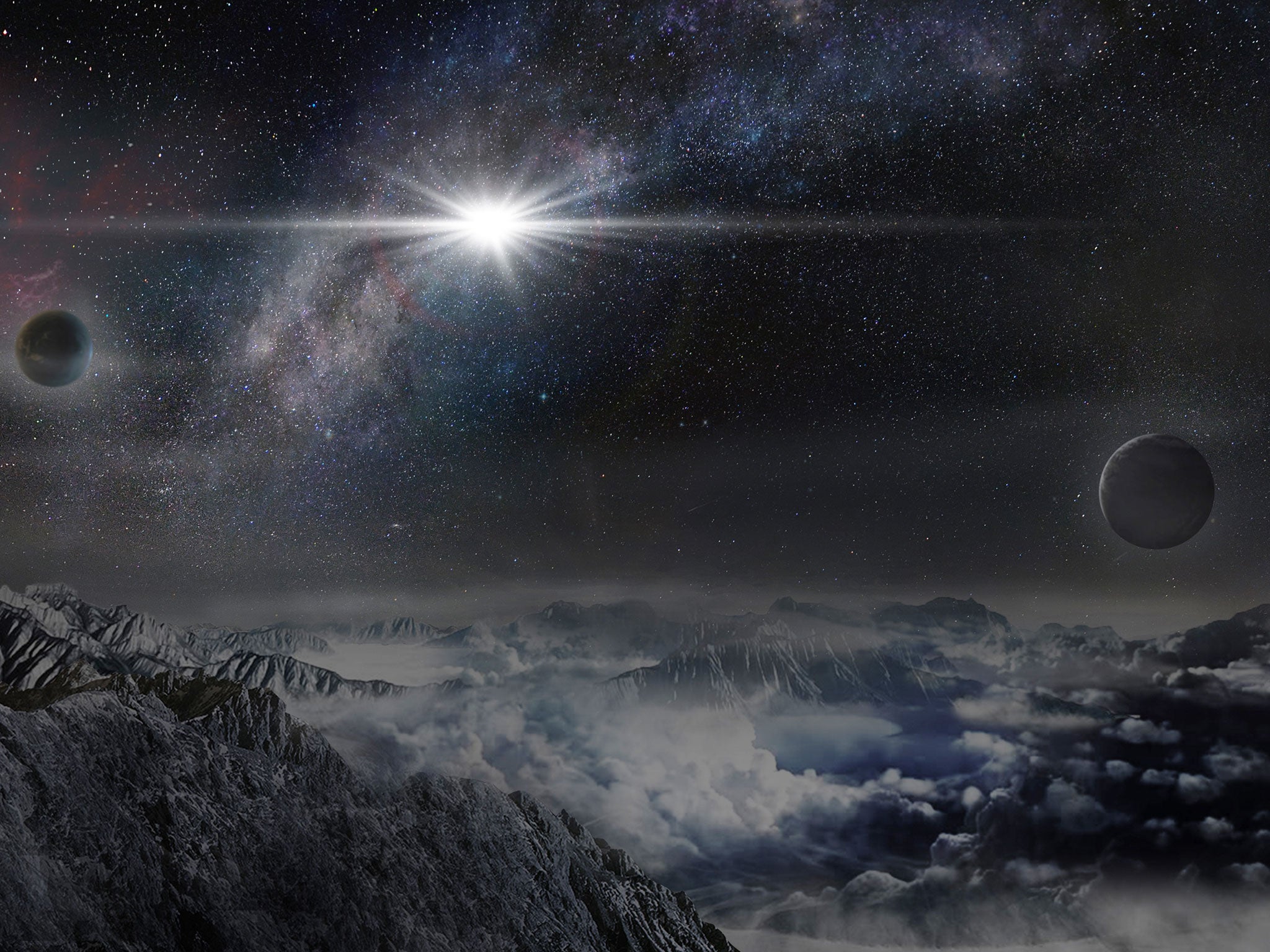ASASSN-15lh: Astronomers find the brightest known exploding star in the Universe
It is about 570 billion times brighter than the Sun

Your support helps us to tell the story
From reproductive rights to climate change to Big Tech, The Independent is on the ground when the story is developing. Whether it's investigating the financials of Elon Musk's pro-Trump PAC or producing our latest documentary, 'The A Word', which shines a light on the American women fighting for reproductive rights, we know how important it is to parse out the facts from the messaging.
At such a critical moment in US history, we need reporters on the ground. Your donation allows us to keep sending journalists to speak to both sides of the story.
The Independent is trusted by Americans across the entire political spectrum. And unlike many other quality news outlets, we choose not to lock Americans out of our reporting and analysis with paywalls. We believe quality journalism should be available to everyone, paid for by those who can afford it.
Your support makes all the difference.Astronomers have detected the brightest known exploding star in the Universe. It is about 570 billion times brighter than the Sun and 20 times brighter than all 100 billion stars in the Milky Way galaxy put together.
The immense supernova explosion comes from an exploding star or supernova in a distant galaxy about 3.8 billion light years away. The energy released was 200 times more powerful than the average supernova explosion.
So much energy has been emitted from the supernova, known as ASASSN-15lh, that scientist are mystified about what could be responsible, although they suspect it may have come from a type of rapidly-spinning neutron star, called magnetars, which are the leftover, hypercompressed cores of massive, exploded stars.
Another theory is that the explosion, first detected by telescopes in Chile in June 2015, might have been triggered by the demise of incredibly massive stars that are even bigger than the biggest stars imaginable to astronomers.
“The honest answer is at this point that we do not know what could be the power source for ASASSN-15lh. [It] may lead to new thinking and new observations of the whole class of superluminous supernova,” said Professor Subo Dong of the Kavli Institute for Astronomy and Astrophysics at Peking University in Beijing, China.
“ASASSN-15lh is the most powerful supernova discovered in human history. The explosion’s mechanism and power source remain shrouded in mystery because all known theories meet serious challenges in explaining the immense amount of energy it has radiated,” said Professor Dong, the lead author of the study published in the journal Science.
Supernova or exploding stars have been documented for more than 2,000 years of human history, but very bright or “superluminous” supernovae are a relatively recent discovery made over the past couple of decades.
ASASSN-15lh is so bright, however, that it falls off the scale even for superluminous supernovae. It would take for instance the Sun to emit light for 90 billion years – 50 times the age of the Universe – to match the emissions given off by this one explosion.
Yet astronomers believe that the heart of the explosion is an object just 10 miles across, possibly spinning at least 1,000 times a second to convert all its rotational energy into light with near 100 per cent efficiency.
“Given these constraints, will we ever see anything more luminous that this? If it truly is a magnetar, then the answer is basically no,” said Todd Thompson, professor of astronomy at Ohio State University.
Join our commenting forum
Join thought-provoking conversations, follow other Independent readers and see their replies
Comments